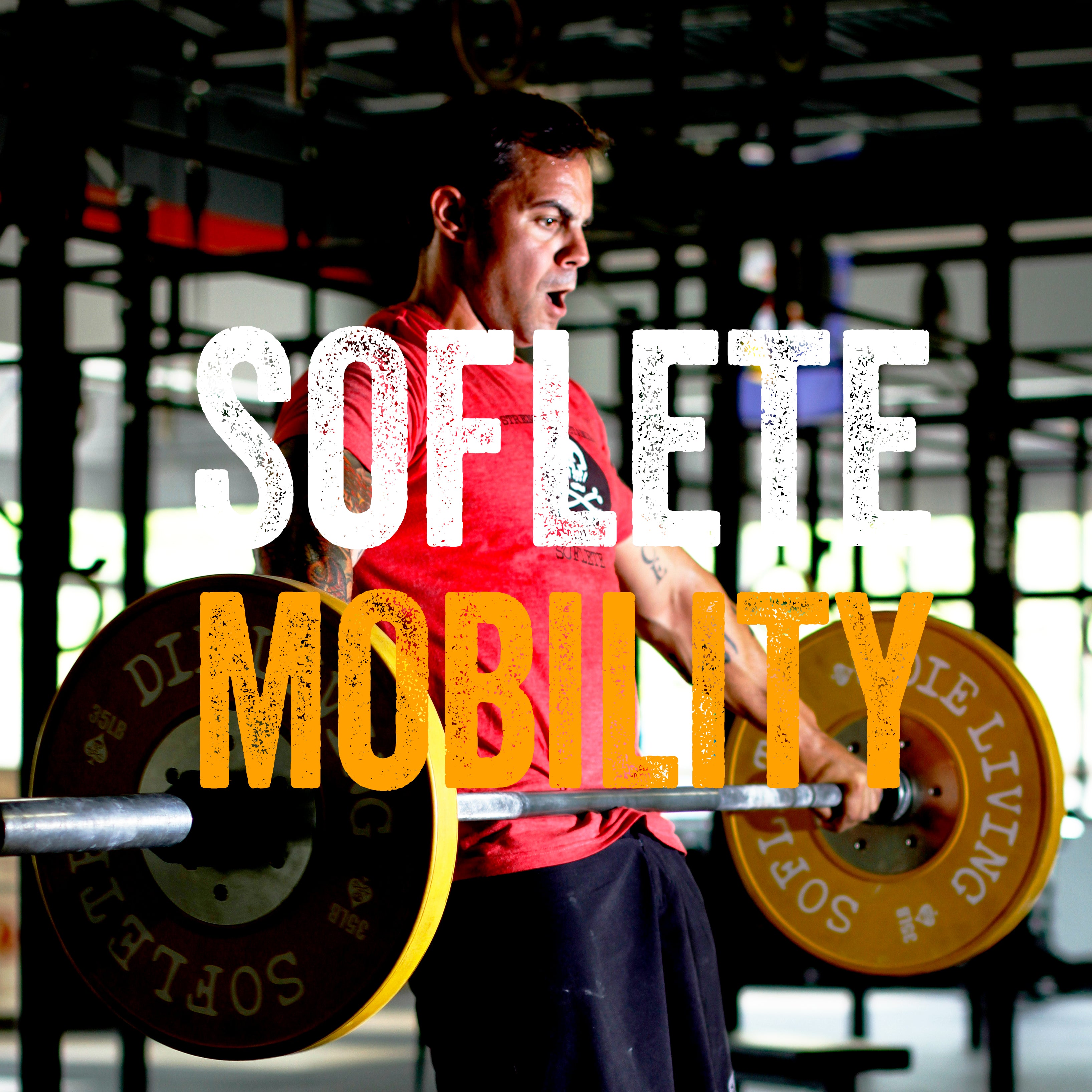
When I told my Chinese colleagues and students that my wife and I were headed to Sichuan for a short getaway in the dead of winter, they seethed with envy. While still not a top destination for foreigners, the province has long held an almost mythical significance within Chinese. Sichuan is well known for its vibrant culture, verdant scenery, and of course, its fiery cuisine which is unlike anything else on earth. In ancient literature, it has even been described as a “heavenly land of plenty.” Over the past couple of years I had been amazed by the regional diversity I encountered in China, and couldn’t wait to see what this corner of the country would have in store.

After bolting to the airport straight from work, we landed in the Chengdu, the provincial capital, close to midnight. With a population of ten million and rising, Chengdu definitely has the energy of a dynamic city with a big future, yet also manages to maintain its reputation as laid-back place whose denizens take time to enjoy life. As we winded through quiet streets en route to our hotel in the old city center, I could already feel a bit of the weight of Beijing’s palpable density and frenetic pace slipping away. Our driver took us as far as he could before we had to walk the last couple of hundred meters through the darkened hutongs, or ancient alleyways, to our hotel. Despite its kitsch-sounding moniker of “Buddha Zen Hotel,” the place turned out to be a stunning example of an aging building in the traditional Chinese courtyard style, its tastefully refurbished and understated interior maintaining an air of history in line with the surrounding neighborhood.

The next morning we started out with a fantastic fusion breakfast with a foundation of steamed pork buns and cappuccinos before sauntering out into the dense network of surrounding hutongs, where all manner of local snacks and crafts could be found. During our short stay, Alejandra would in fact develop a serious addiction for the simple Chongqing noodles, a cold dish perfectly seasoned with a vinegar, sugar, chili oil, ginger and scallions. A few minute later, we reached the Tang-dynasty Wenshu Monastery, the city’s bet-preserved Buddhist temple and a feast for the senses. The corners of the imposing, three-tiered gate bent upwards towards the heavens, the rich, red paint and lustrous calligraphy standing out against the beautiful wooden structure. Even more impressive than the temple’s architecture were the treasures inside, including a gleaming, golden Buddha, its multitudinous arms stretching out in every direction. The busy temple grounds slowly gave way to a peaceful ambiance as we meandered out into the lush, manicured grounds, the low bonsai trees and stone stelas reaching up towards the glorious yellows and oranges of the late-autumn foliage.

In the early afternoon, we caught a cab for the train station, from which we jumped on a bullet train to Leshan, in search of the world’s tallest Buddha. One clear indication of China’s breakneck development in recent years is the sprawling, ever-expanding network of super-fast trains, more cost effective and less of a hassle than flying, while infinitely faster, more comfortable, and safer than busses. After just over an hour, we were already winding our way through Leshan on a public bus that delivers visitors directly from the train station to the Giant Buddha. From the drop off point on an unremarkable street lined with ordinary-looking restaurants, there were few signs that a world wonder was close at hand. After paying the admission fee, we began hiking up a long, slowly rising pathway. I realized that we were climbing the backside of Leshan’s famous cliffs and that our first glance of the legendary Buddha would be from above.

Eventually the path leveled off and a beautiful temple came into view, the entrance crowded with dozens of worshipers lighting radiant, yellow, lotus-shaped candles and incense as an offering to the gods inside. Then, as we passed the temple, the tight black coils and fading, peach-colored visage of the Giant Buddha appeared before us, his elongated earlobes about the size of a two-story building, each of his eyebrows spanning the width of a Cadillac. As we stepped forward, all 233 feet of the more than 1200-year-old colossus came into full view, his hulking, moss-colored body lightly delineated from the salmon-colored cliffs from which he was carved. Far below, the Buddha’s massive feet nearly reached the placid, blue-green water of the adjacent river. Crowding in on the periphery of his body were the edges of a dense, green jungle, providing an incredible contrast between the bright colors of the natural surroundings and the fading paint of the stone sculpture. Slowly, we wound our way down the narrow path to the water’s edge, pausing every few steps to admire the magnificent work from a slightly different angle. At last, we reached his gargantuan toes, and looked up to find their owner gazing knowingly into the distance.

As if the Giant Buddha was not enough of a draw, the surrounding area also included lovely paths through the forest, a perfectly landscaped garden, and one of the most stunning pagodas I have ever encountered. After enjoying the surroundings for a couple of hours, it was time to make our way to our final destination, Emei Shan. Just as we had planned, a mini-van soon arrived to collect us, its effervescent driver grinning widely as he warmly greeted us. I had found a phone number for Patrick in our guidebook (+86 137 0813 1210), and within minutes I could tell that the English-speaking local was as knowledgeable and helpful a guide as one could hope to find. He blissfully chatted away throughout the 45-minute trip to Emei Shan, expounding on the rich history of the region and pointing out landmarks as he drove. Soon we reached the bucolic town at the base of Mount Emei, where the best of our Sichuan adventure was still to come: an unforgettable night spent in the presence of monks at an ancient temple, a once-in-a-lifetime hike that literally took us above the clouds, and of course mouth-watering meals of the local specialty, Chengdu-style hot pot. Check out Part 2 for more on one of China’s most underrated destinations.
Eric Carlson is currently the Dean of Students at Beijing National Day School and hopes that his photo journals will inspire more people to #DieLiving
[supplement-ad]




Leave a comment
This site is protected by hCaptcha and the hCaptcha Privacy Policy and Terms of Service apply.